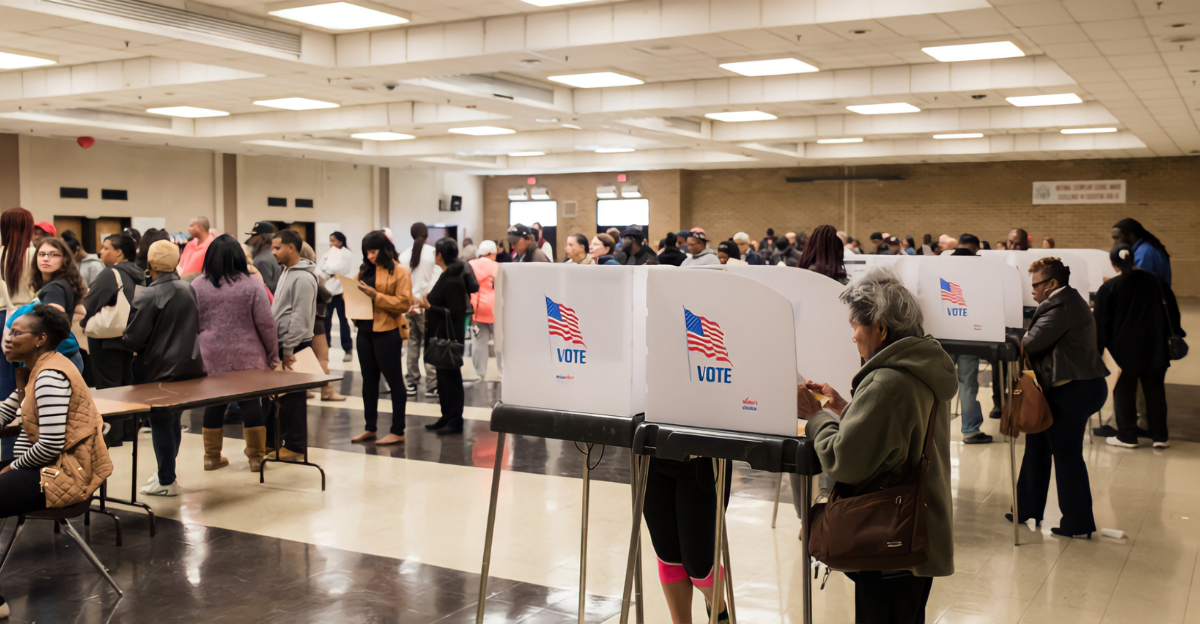
Since 2020, the political landscape in the United States has witnessed a significant transformation, particularly in voter registration patterns. The Republican Party has added millions of new voters, outpacing its Democratic counterparts in key registration states. Analysts are raising essential questions about how both parties will adapt to these changing dynamics.
As we navigate this new terrain, it’s clear that strategies must evolve to engage both traditional supporters and new electorates. “We can’t ignore the new voters shaping our future,” notes a political analyst. This trend is an early indicator of shifting power priorities within the electorate.
Rising Stakes
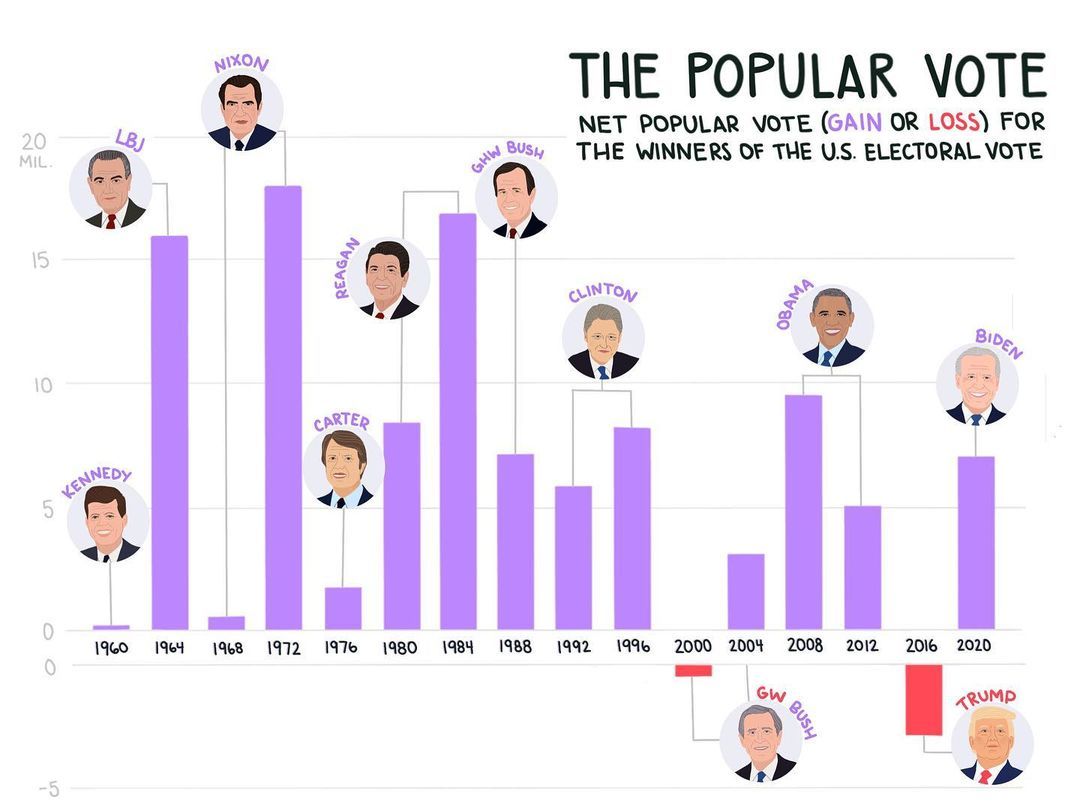
The GOP’s registration surge has brought nearly 4.5 million new registrants into its fold, prompting analysts to warn of shifting battlegrounds in upcoming elections. As the gap between party registrations widens, the Democratic Party faces mounting challenges that expose strategic vulnerabilities.
“This isn’t just about numbers; it’s about the heart of our democracy,” says a Democratic strategist. With these rising stakes, Democrats must reassess their outreach and engagement strategies to secure their standing. The urgency is palpable as both parties prepare for battles that could redefine political power across the nation.
Historical Patterns

Traditionally, the Democratic Party has led the charge in new voter registration following presidential elections, securing an edge in key demographics. However, since 2020, this advantage has notably shifted. The GOP has turned the tide in several key swing states, invigorated by changing voter sentiments and demographics.
“It feels like we’re witnessing a political reset,” a veteran campaign worker remarked. The data underscores this pivotal shift, departing from norms influencing electoral politics for decades. As both parties respond, historical patterns may no longer be reliable predictors of future success.
Growing Pressure
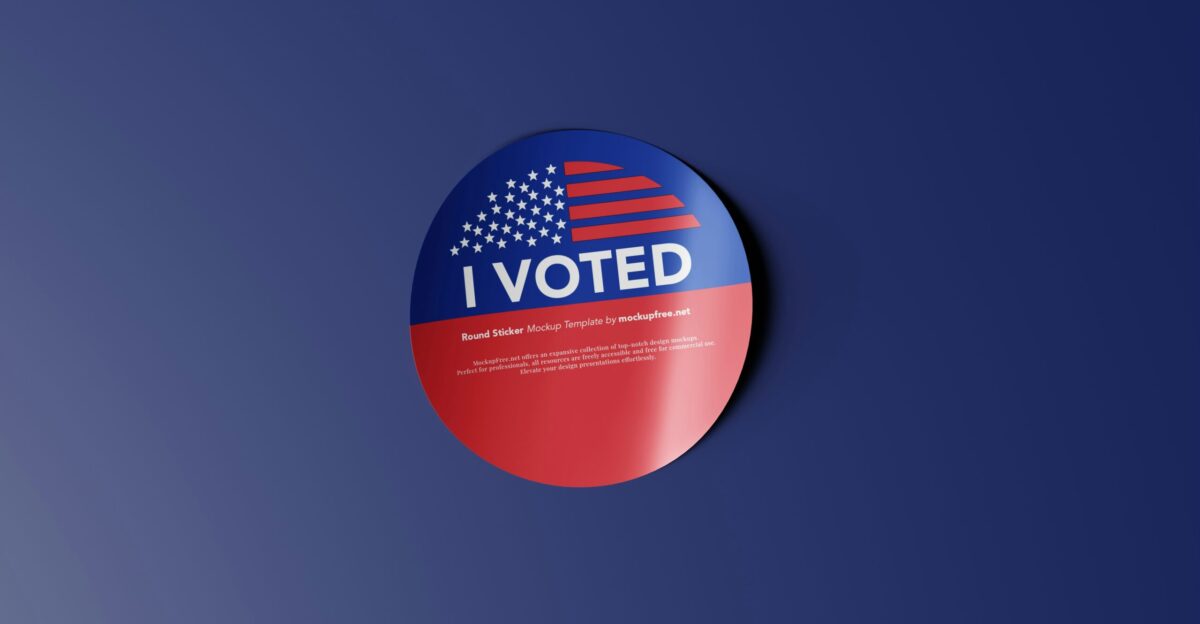
With declining approval ratings and growing calls to revamp outreach, the Democratic Party feels increasing pressure from within. Analysts express concerns that party loyalty is becoming more fluid, influenced by broader societal shifts and economic challenges.
“We’ve got to start earning voters’ trust again,” conceded one Democratic strategist. As members within the party grapple with these realities, the path forward appears fraught with difficulties and urgent demands for reform. The need for a reinvigorated approach to engagement becomes ever more pressing as Democrats strategize for a more effective response.
Striking Insights
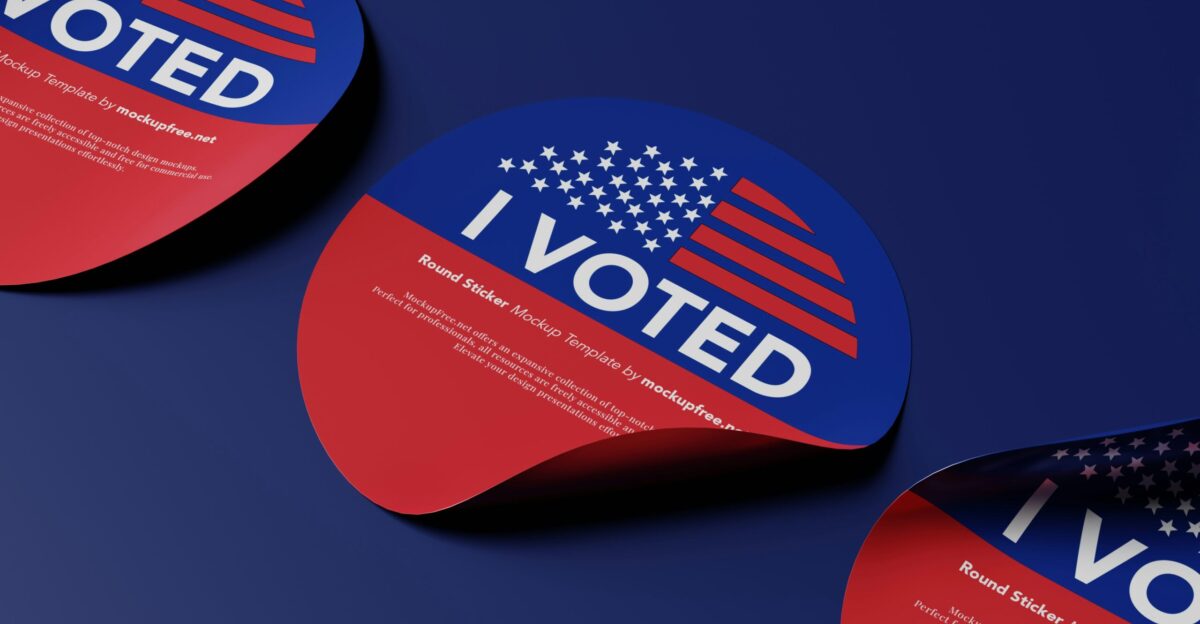
A striking insight emerges from the data: in all thirty states tracking party registration, Republicans have registered a net delta of 4.5 million more new voters than Democrats from 2020 to 2024. This statistic isn’t merely a number; it reflects a substantial realignment in voter engagement and sentiment that has the power to reshape electoral outcomes.
“We’ve seen the political map change before our eyes,” explains a political consultant. As this pivotal turning point unfolds, both parties must assess how to navigate this evolving voter landscape effectively.
Regional Impact
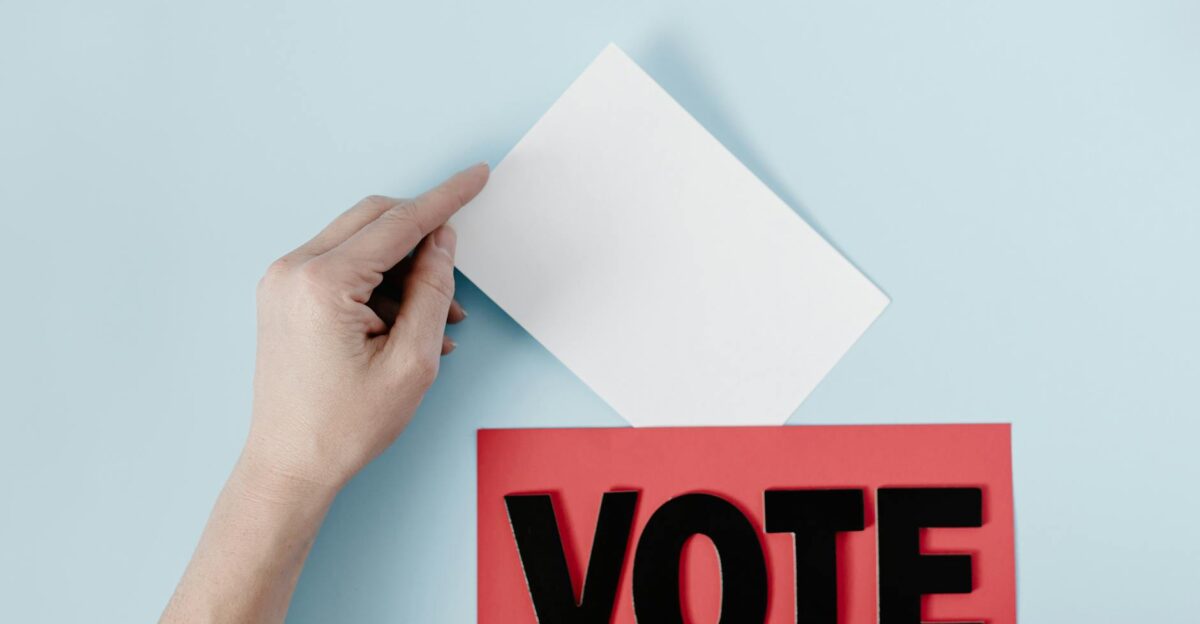
The surge of GOP registrations is not uniform; states like Florida, Ohio, Pennsylvania, and Arizona have experienced pronounced shifts in favor of Republicans. For example, in Florida alone, Republicans gained over 300,000 more registrants than Democrats since 2021. “It’s as if the political winds have shifted without warning,” explains a local activist.
This change in registrations signals evolving voter dynamics that can significantly influence upcoming elections. As regions redefine their political preferences, the implications could be far-reaching, challenging established party narratives and strategies.
A Human Perspective

Amid these trends, the voices of party strategists offer insight into the underlying concerns of the Democratic Party. One strategist admitted, “We’ve got to start earning voters’ trust again.” This sentiment resonates with many Democrats apprehensive about dwindling enthusiasm, especially in suburban counties that historically leaned left.
As these areas experience demographic shifts and changing expectations, it underscores the importance of reconnecting with constituents on meaningful issues. The urgency to rebuild trust and engagement cannot be overstated as Democrats look to re-establish their foothold.
Competitor Moves

In response to the growing Republican advantage, Democratic officials are now pivoting their strategies to target independent voters and enhance digital outreach. “It’s time we speak to the voters where they are,” emphasizes a Democratic campaign director.
These adjustments highlight a proactive approach to bridging the gaps opened by GOP gains. Meanwhile, Republicans are doubling down on registration drives in rapidly growing counties, showcasing their dedication to expanding their voter base. The competitive landscape is evolving, and both parties must adapt swiftly to validate their narratives and gain the upper hand.
Macro Context

Experts point out that recent trends in party registration are symptomatic of broader political realignments taking shape across the U.S. The impacts of economic uncertainty and pandemic fallout are forcing voters to rethink their loyalties and affiliations.
“What we’re seeing is more than just party shifts; it’s a reflection of deeper cultural changes,” observes a leading political analyst. These macro-level transformations will require both parties to revisit their platforms and messaging. Engaging with voters’ genuine concerns is more pertinent than ever to navigate this new landscape.
Independent Registrations
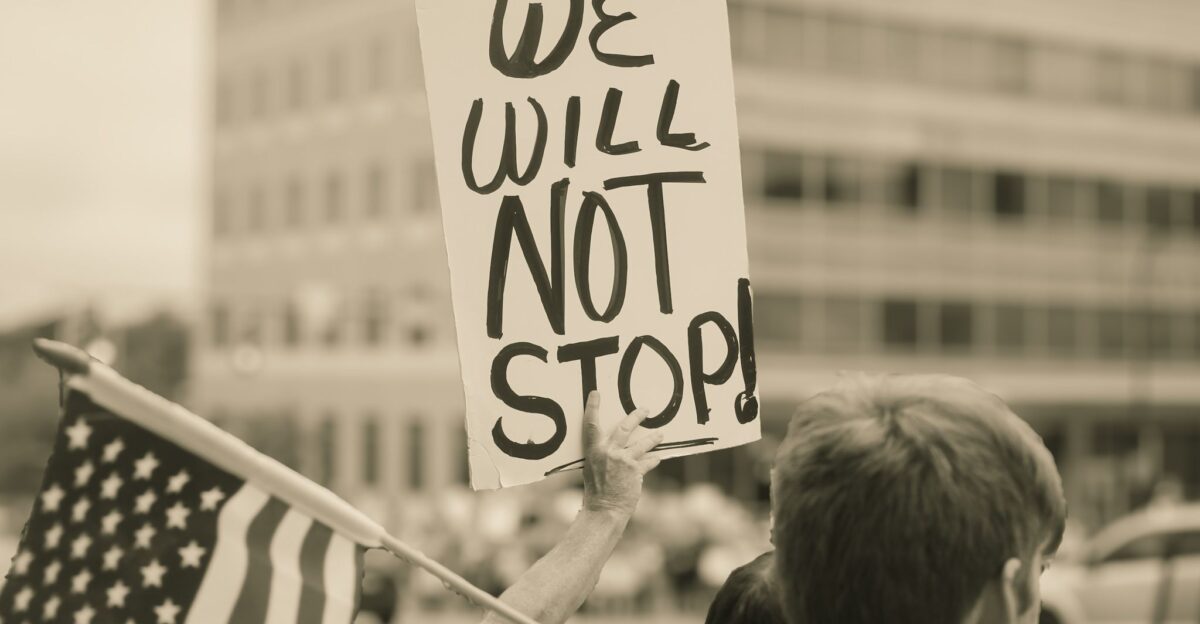
In addition to traditional party registrations, there’s been a notable rise in third-party and independent registrations, especially in states like Colorado. This suggests a growing discontent with the established two-party system, highlighting a potential shift in voter behavior.
“People are tired of the same old politics; they want new solutions,” remarks a grassroots activist. The possible influence of these independent voters cannot be overlooked, as they may change the trajectory of future elections, adding complexity to an already dynamic political environment.
Stakeholder Frustration

Grassroots organizers within the Democratic Party have expressed mounting frustration with national messaging that seems disconnected from local concerns. Many assert that pressing issues such as the cost of living and public safety overshadow traditional party narratives. “We need authenticity, not just slogans,” shared a community leader.
This reinforces just how vital it is for Democrats to align their strategies with the real-life challenges voters face daily. Understanding these local dynamics is critical as the party strives to regain its connection with grassroots supporters.
Leadership Shifts
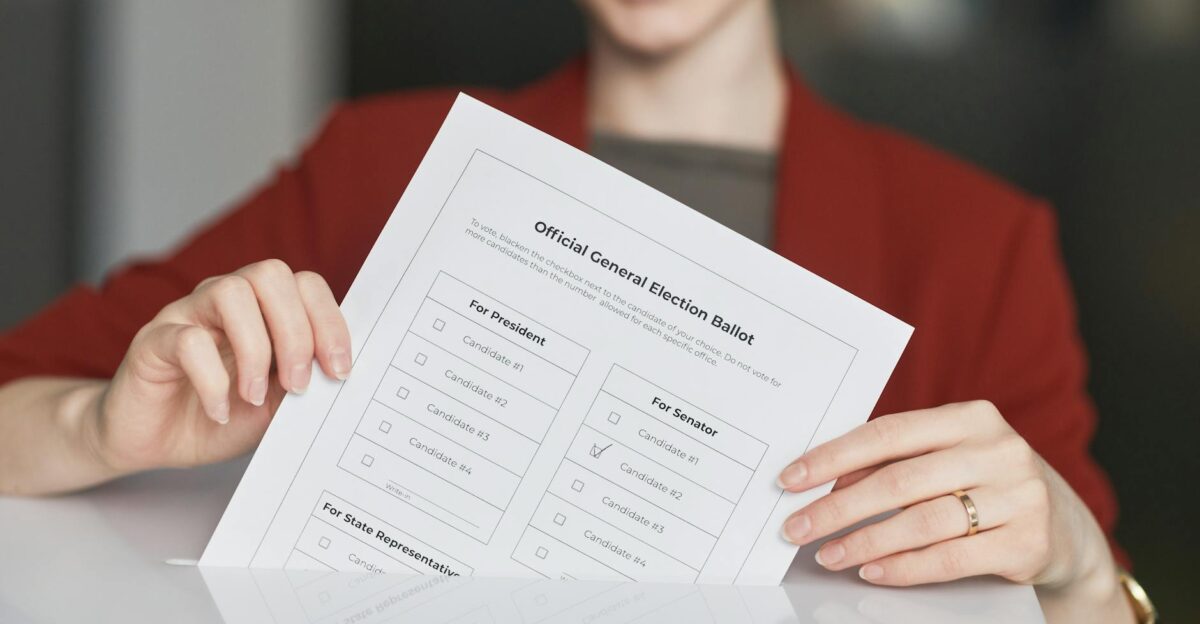
Given the current challenges, several state Democratic parties have undertaken significant leadership changes since 2022. These shifts aim to reconnect with local communities and counteract party disengagement. “Leadership that resonates with voters is crucial; we can’t afford to lose their trust,” insists a state party leader.
As new leaders step forward, their visions will be tested against changing voter appetites. These adjustments signal a critical moment for the party as it seeks to redefine its approach in a rapidly evolving arena.
Comeback Plans
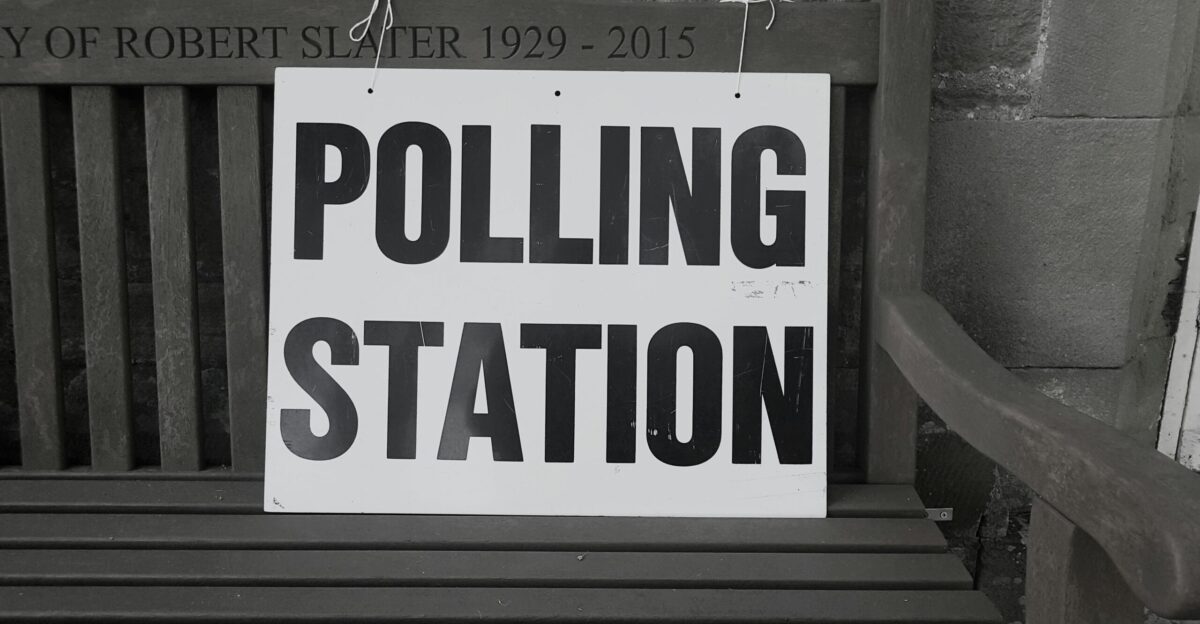
To counteract recent losses, Democrats are unveiling new strategies, including door-to-door campaigns in swing districts and advocating for expanded early voting access. “We need to meet our voters where they are,” explains a campaign manager.
By implementing these grassroots efforts, Democrats aim to generate enthusiasm among wavering supporters and mobilize disengaged populations. This proactive approach highlights the party’s recognition of the need to be more accessible in a world where voter turnout could dictate electoral success.
Skepticism Remains

Despite the uptick in registrations for the GOP, some analysts emphasize that simply registering voters does not guarantee turnout during elections. “It’s a complex equation that involves mobilization and candidate appeal,” warns a political strategist.
Understanding the nuances of voter engagement will be critical in translating new registrations into actual votes. As parties navigate this landscape, practical strategies for mobilization may ultimately dictate which candidates successfully resonate with and activate the electorate.
Looking Ahead
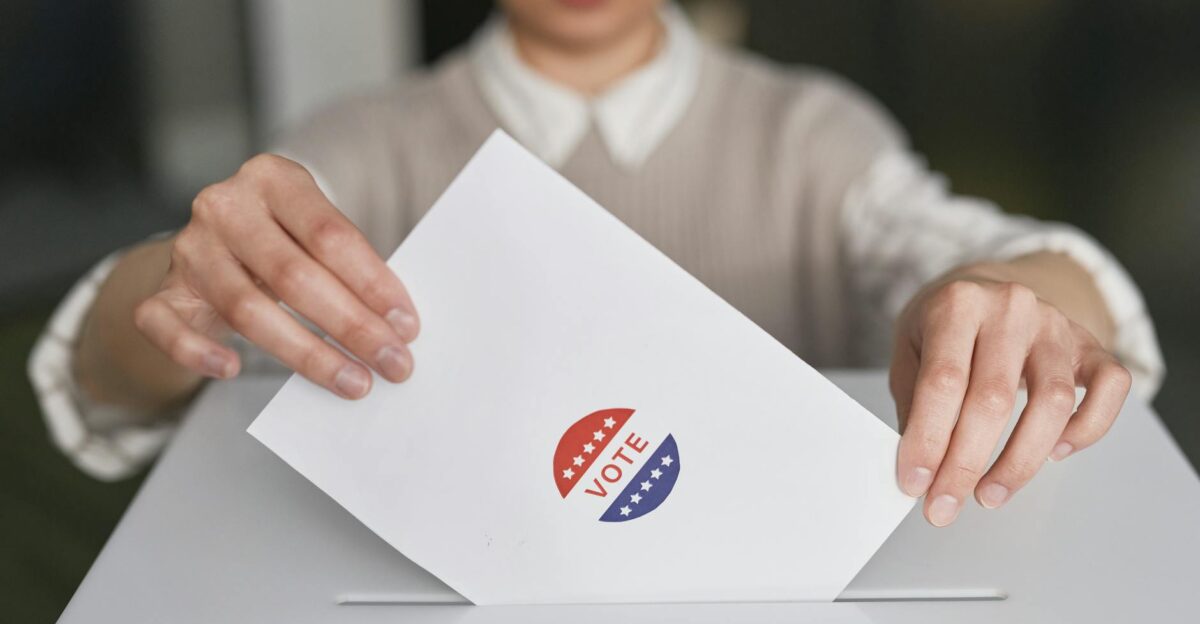
The looming question remains: Can Democrats reverse the trend of declining voter registrations by November 2024? Campaigners are bracing for a crucial period of outreach and engagement, particularly in areas likely to yield higher turnout.
“We must focus our efforts on understanding the needs of these voters,” stresses an experienced campaigner. As both parties gear up for the final stretch of preparation, the outcome hinges on who can most effectively connect with constituents and reinvigorate their political bases.
Political Implications

The surges in party registration are set to influence legislative maps, intensify policy polarization, and reshape priorities at the state level. “The stakes are higher than ever; these shifts could redefine governance,” asserts a political scientist.
Both parties must understand how to leverage these registrations to enact meaningful policies that align with voter expectations. As the political landscape evolves, the impending impacts on legislation and state-level representation will undoubtedly shape the future of American politics.
International View

International observers note that the dynamics of U.S. party politics echo rising partisanship seen in democracies worldwide. This increasing polarization may shape global perspectives on American elections. “How the U.S. navigates these changes will be closely watched,” remarks an international relations expert.
The shifting sentiments within the American electorate may influence both domestic policies and international relations, reminding a world audience that no democracy is isolated from the global tide of political sentiment.
Legal Angles
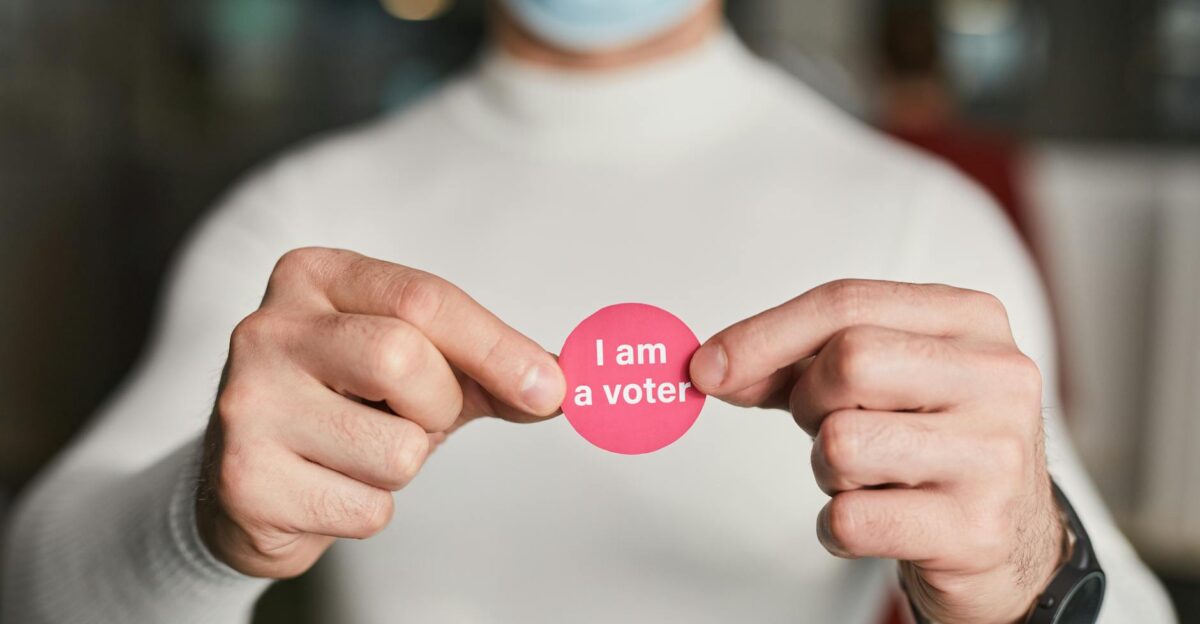
Since 2021, various states have updated their registration laws, implementing changes that either facilitate or hinder party affiliation. These legal adjustments have significantly impacted overall numbers and voter access. “Staying informed is key; laws could tip the scales,” a legal analyst comments.
Understanding these shifts is essential for both parties as they strategize around compliance, accessibility, and outreach to maximize engagement with potential voters. The legal framework surrounding voter registration remains a vital aspect of election strategy.
Cultural Shifts
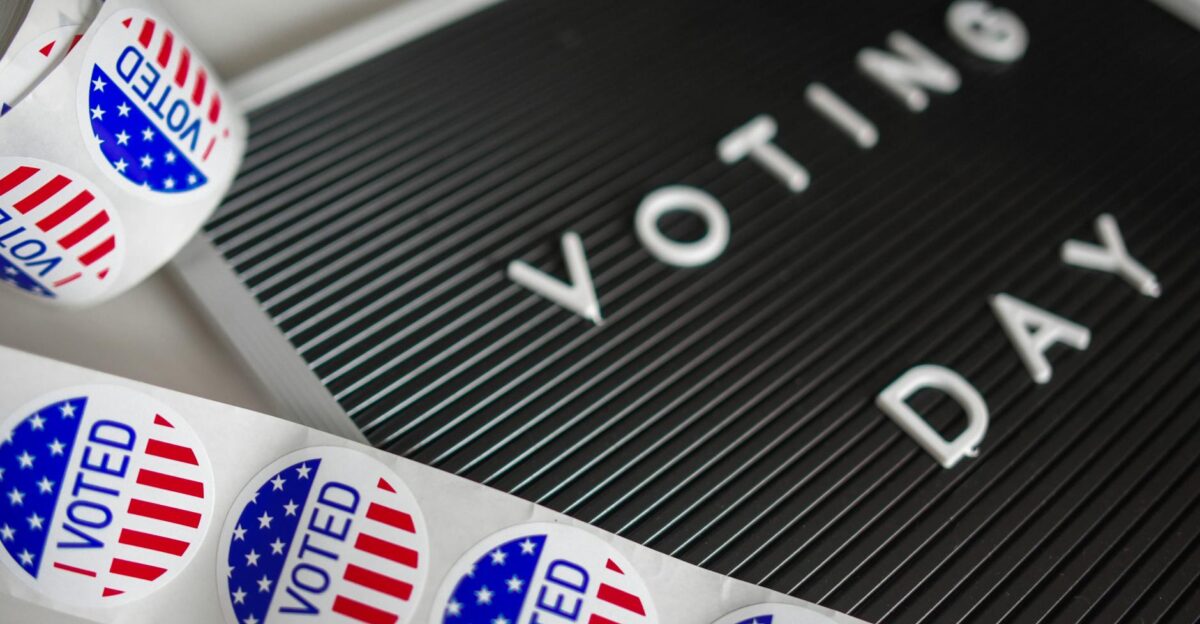
Both major political parties are confronted with generational changes and evolving cultural norms, as younger voters increasingly register as independents or switch their party affiliations. “Younger generations demand authenticity and alignment with their values,” notes a youth engagement director.
This cultural shift presents challenges and opportunities, as younger voters push for change in traditional political dialogue. Engaging and motivating these new voters will be crucial for both parties to maintain relevance and adapt their platforms to reflect current values.
Final Reflection
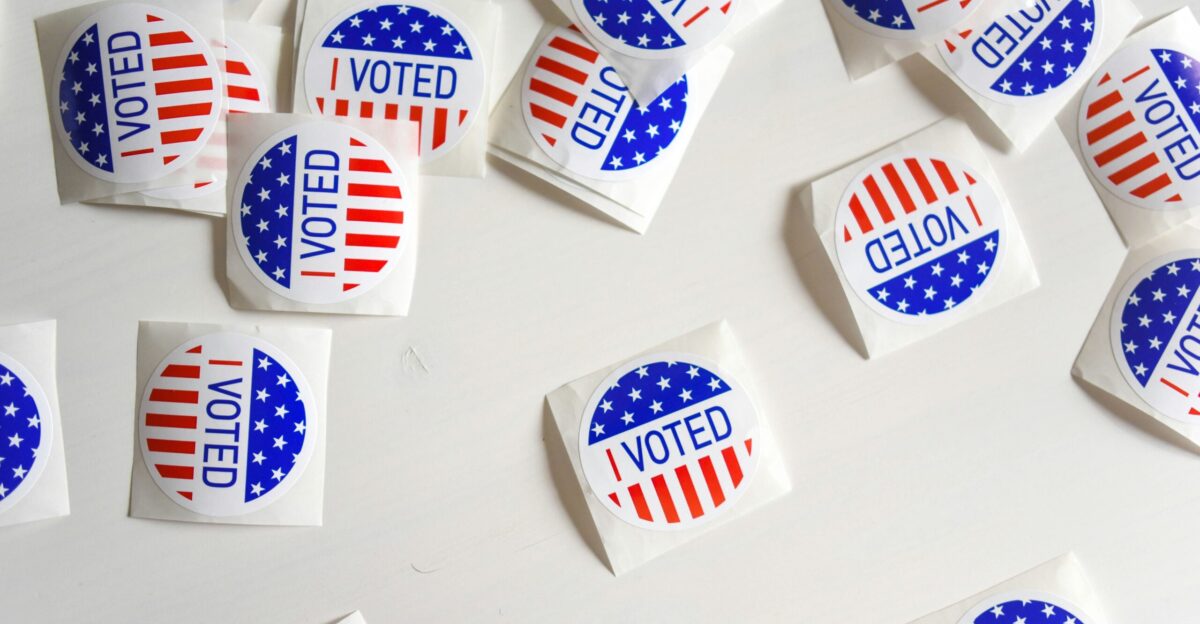
This wave of voter registration signals a turbulent moment in American politics, demonstrating that citizens are reevaluating their party loyalties at unprecedented rates.
As a veteran political officer remarked, “It’s a time of reckoning; the next electoral cycle may depend on who can adapt fastest.” The upcoming contests will test both parties’ ability to connect with a more diversified and engaged electorate. Navigating these uncharted waters may determine the future of party politics in America as both parties strive to capture the hearts and minds of voters.